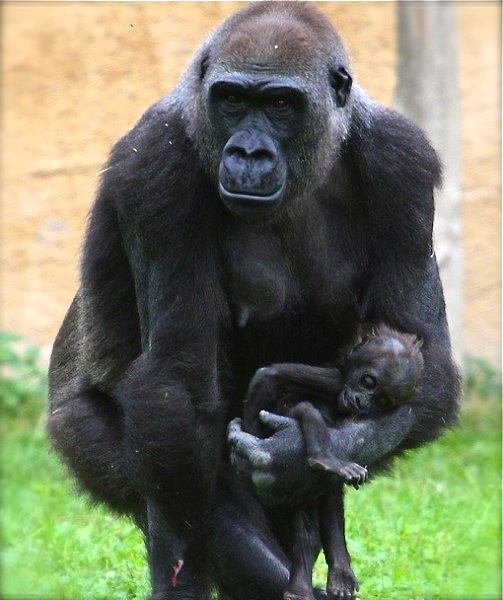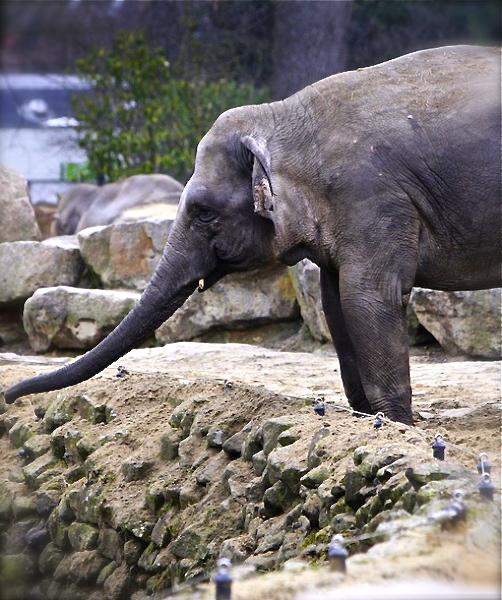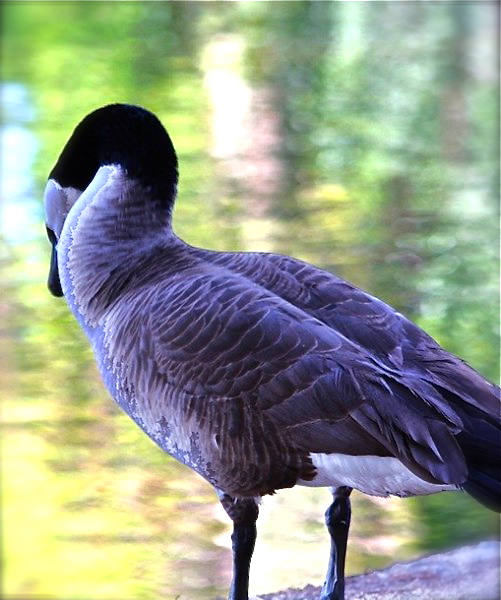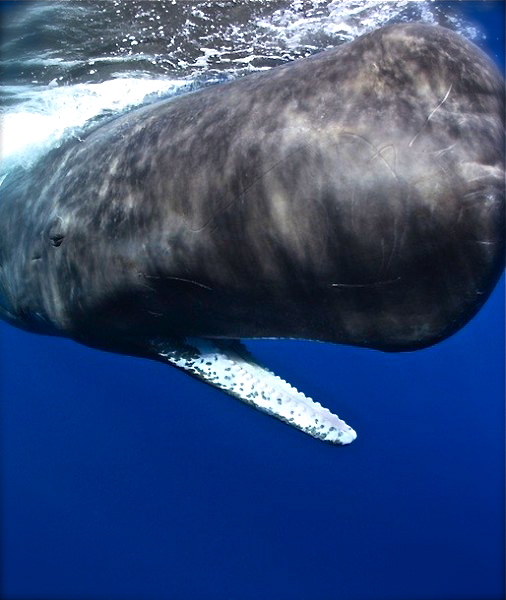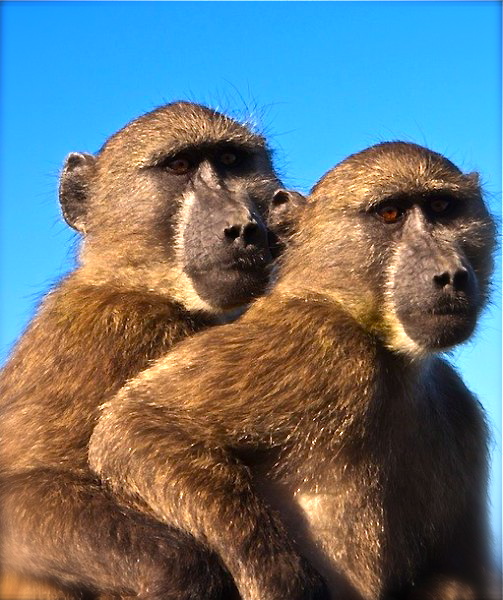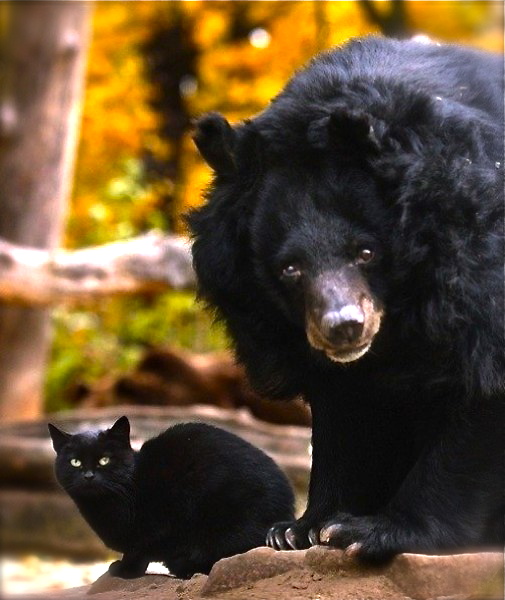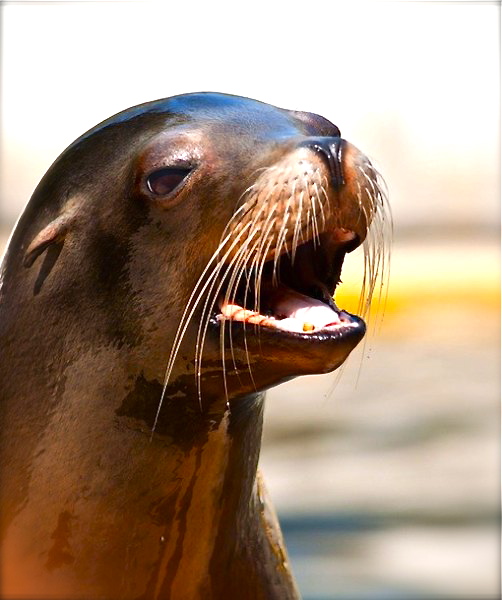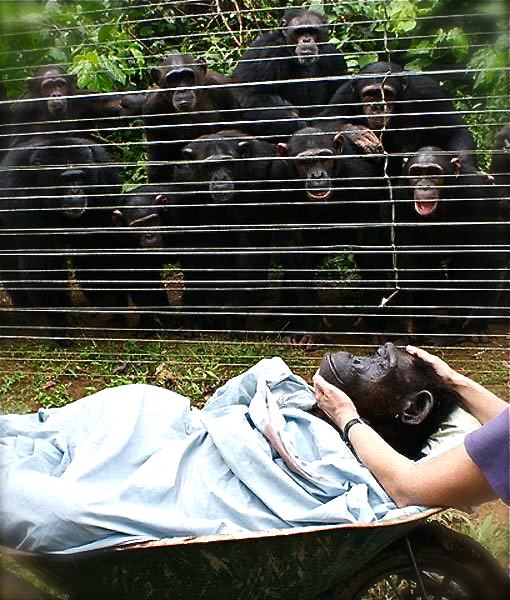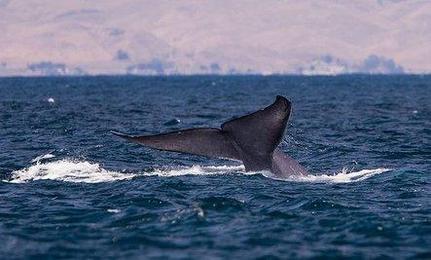GORILLA GRIEF
The complex social structures of gorillas and their higher level of thinking makes it easier for them to form strong connections to their children and pack members. As a result, gorillas have been recorded exhibiting sadness and concern for their dead, sometimes even burying the bodies.
One heartbreaking example is Gana, who could not accept the death of her child. Gana carried the infant’s body with her around a German zoo for days, trying to restore life to it multiple times, and protecting it from zookeepers.
ELEPHANT EMPATHY
Elephants are extremely emotional animals, easily bonding with other elephants or the humans who care for them. These deep attachments can lead to terrible grief when a loved one dies.
Elephants are known to shed tears, bury their dead, go into depression and starve themselves in reaction to a loss. One elephant at an Indian zoo was so distraught over the death of her friend that she refused to eat or drink, leading to her own death.
GEESE MATE FOR LIFE
Geese are very serious about commitment, devoting themselves to one bird for a lifetime. After a goose dies, its mate will undergo a rigorous mourning process, including weight loss, separation from the flock and submission to other geese.
Eventually, the goose will find a new mate in another bird that has lost its partner. One goose made an unusual choice for her new mate, choosing to leave her flock and bond with humans working at the zoo.
SPERM WHALES’ TOOTHACHE
Sperm whales form close relationships with the members of their pods, even following those who stray from the group so they would not be alone. If a member is removed from the group through death, the remaining whales become mentally agitated for long periods.
Research shows that this turmoil is so far-reaching that the teeth of the animal will become weaker during these periods.
BABOON BUDDIES
Scientists have found that baboons’ physiological response to death is very similar to humans, with both seeing an increase in stress hormones called glucocorticoids. To lower glucocorticoid levels and cope with loss, baboons also respond like we do: they seek out friends.
The animals will expand their social circles and spend more time with other baboons, engaging in activities like grooming.
FROWNING FELINES
Stereotypes say that cats are loners, but observation has shown that many felines grieve when they lose their owner or cat friend. This process can include running away, not eating, excessive meowing and house-training mistakes.
One example of an inconsolable cat is Muschi, who lost her unlikely bear friend, Mausi. Zookeepers said the cat refused to leave the bear’s old exhibit, and would not stop meowing for her companion.
SEA-LION SOBS
Sea lions have been seen to cry out in anguish when their babies are taken by predators. A sea lion will continue wailing in mourning after its child has died. The same behaviour has also been seen in sea lions dealing with companions taken by hunters.
LOSING YOUR BEST FRIEND
The bonds a human can form with a dog are deep, and research indicates that canines feel them too. Studies show that dogs can feel grief, especially after the loss of an owner. The pets will react to their emotions by not eating, sleeping more than usual and generally being lethargic.
Some dogs will also show a lack of acceptance that an owner has died, and will try to stay with him or her. This was seen with a dog that belonged to a slain Navy SEAL. The dog, Hawkeye, refused to leave the side of his owner’s coffin during the funeral.
PRIMATE POUTING
Chimpanzees’ close genetic makeup to humans means they get some of our faults as well. The primates are known to become distressed when they lose close members of their groups. The animals will often cry, refuse food, mope and separate themselves during grieving periods.
One poignant example of chimpanzee mourning was the case of Dorothy. When the older chimpanzee died and was taken away from her rescue centre, all the other chimps gathered seemingly to say their goodbyes and to watch the body leave.
Excerpted from Animal Planet

